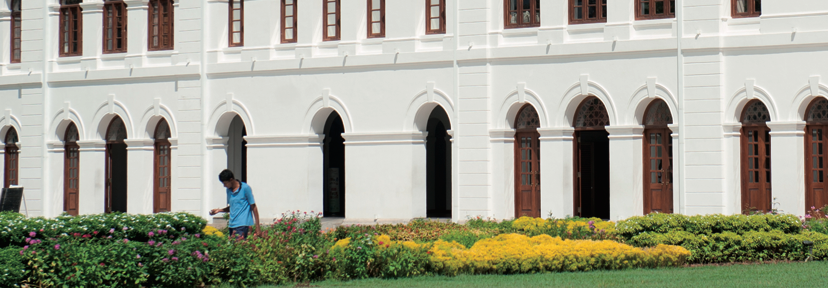An upturn in exports and investment helped counter weaker output from Sri Lanka’s agricultural sector in 2017, facilitating steady growth overall and raising prospects of further gains this year.

In an October update the World Bank forecast Sri Lanka’s economy would expand by 4.6% in 2017, up two percentage points from the previous year, on the back of rising private consumption and investment. However, the IMF was more cautious: at the end of September it forecast full-year growth of below 4.5%, rising to 4.8% in 2018.
Indrajit Coomaraswamy, the governor of the Central Bank of Sri Lanka (CBSL), was also cautious about full-year growth projections, revising the bank’s forecast downwards in November to 4-4.5% from 4.5%.
Weather events weigh on agriculture
The severe drought of 2016 continued to impact agriculture in the first half of 2017. Several of the country’s key crops underperformed in the first quarter, with rice production down 53%.
Despite this, the economy showed resilience, growing 3.9% year-on-year (y-o-y) in the first half, according to the Asian Development Bank.
In the third quarter, however, growth eased to 3.3%, down from 4.6% y-o-y, as widespread flooding in May caused agriculture to contract by 3.4%, according to CBSL data. The industrial sector also contributed to the deceleration, expanding by 1.9% y-o-y in the third quarter compared to 5.9% in 2016. However, stronger performance from services, which grew 4.3% y-o-y, helped offset this.
Inflation continued to be above targeted levels during 2017. The national consumer price index (CPI) rose from 8.2% y-o-y in February to 8.4% in November, the CBSL said in a report issued at the end of December, having hit a six-month high in September of 8.6%.
The bank noted that inflation should fall in the first quarter of 2018, as the effect of adverse weather conditions on agricultural production and, in turn, food prices, begins to ease.
Despite forecasts of lower inflation in 2018, the CBSL decided at its last monetary policy meeting of 2017 to hold its standing deposit and lending facility rates at 7.25% and 8.75% respectively. Both have remained unchanged since March.
FDI increases to $795.5m
Among the positives, foreign direct investment (FDI) increased significantly in 2017. At the end of November Dumindra Ratnayaka, chairman of the Board of Investment (BOI), said FDI was expected to total 1.5bn for the year, almost doubling the inflows of 2016.
According to the latest data from the BOI, which measures up until the end of the third quarter, manufacturing and services accounted for roughly half of all FDI, while the rest was accounted for by infrastructure and utilities.
The 2018 budget, ratified by Parliament on December 9, contained several support mechanisms aimed at boosting investment, including enhanced depreciation allowances and incentives for investment across designated zones in sectors such as renewable energy and information technology. It also foresees the lifting of foreign ownership restrictions in the shipping and freighting agency segment, allowing for FDI in the maritime and logistics sectors.
In addition, there were measures to boost revenue, such as the narrowing of exemptions for value-added tax and national building tax, new banking fees and increased levies on car sales.
Exports up, further increases to come
Sri Lanka also posted strong export growth in 2017, with outbound shipments totalling $12.5bn in the 10 months to the end of October, according to data released by the Export Development Board in December.
In a key development, foreign trade was given a boost in May, when Sri Lanka regained its place on the EU’s generalised scheme of preferences (GSP)+.
In tandem with the move, which saw duties removed on 66% of tariff lines on local products and services, exports to the EU increased by 4.1% in the January-October period.
The reinstatement of GSP+ benefits will support several sectors in the short-to-medium term, according to Ashroff Omar, CEO of Brandix, an apparel firm.
“With Sri Lanka regaining EU GSP+ status, businesses involved in traditional sectors will experience great growth, as happened last time the country belonged to the scheme,” he told OBG. “Apart from the apparel industry, marine products and spices are expected to flourish with easier access to the European market.”
However, the expected rise will be offset by a likely downturn in exports to the US market, after Washington chose not to renew its GSP programme when it expired on December 31.


